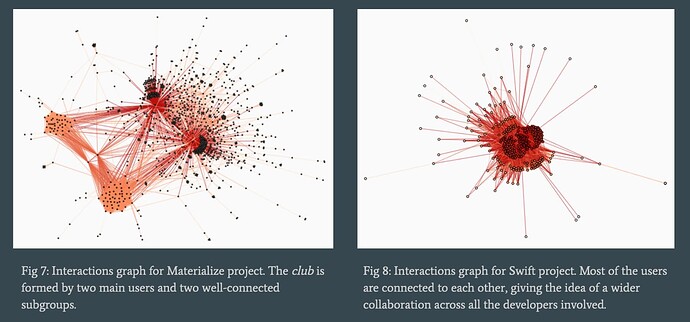MEETING RESOURCES
- Open Know-How (OKH) Initiative Working Group Rolling Agenda/Meeting Minutes
- Video Recording of Meeting
Attendees
- Sarah Hutton (IoPA Secretariat Rep) @schutton
- Robin Vobruba (OSE.de) @hoijui
- Andrew Lamb (IoPA Council, Helpful) @AndrewLamb
- James Butler (Helpful) @Jbutler-helpful
- Nathan Parker (OKH Working Group Chair) @mak3r-nathan
For links shared during the meeting, as well as additional discussion details, please see the full AGENDA.
Recap of Action Items
Prior to the next OKH Initiative Group Meeting:
-
@schutton will connect with @hoijui to complete the written reply to Helpful’s pull request against OKHv1. These changes were accepted/merged into iop-alliance:main from devhawk by @mak3r-nathan (touchthesun), following discussion of the request with @max_w; details on reviewed changes are here in add okh JSON schema #1.
-
All members of working group will send names of individuals recommended to attend the OSH Directory Event on February 12th. Names should be sent to info@internetofproduction.org.
Meeting Notes
-
Welcome
-
Recap/Review of previous action items
-
Kick off discussion w/ Nathan et al. RE: Jan meeting on covergence
-
Robin has started a written reply in response to pull request. Sarah will reach out to schedule a discussion.
-
Once wrapped, written response will be posted in conversation section of repo/pull request.
-
Robin’s writing RE: reconciliation of OKH v1 and OKH LOSH: Synchronize with OKH v1 & OKH LOSH · Issue #60 · helpfulengineering/project-data-platform · GitHub
-
Solidify OSH Directory Event schedule (Feb 12) w/ Gunner and Nathan + share
-
Posted SAVE THE DATE to IOPA consolidated announcements channel: Mark Your Calendars: Open Source Hardware Directory Kickoff 2024
- New Business / Items to Discuss
-
OSH Directory Event on Feb 12: MyPads
-
RSVP via info@internetofproduction.org
-
Gunner (facilitator for event) will reach out to each RSVP for discussion prior to the 12th. RSVP list in process: Feb 1 RSVPs - Google Docs
-
Action Items (frontloaded on post)
-
Wrap-Up / Reminder of Next Meeting
Thu Feb 15
16:00PM GMT
AGENDA
Join Link (BBB): OKH Working Group
The OKH maintenance working group currently meets every third Thursday of the month at 4pm UTC .
Everyone is welcome to sit in on these meetings! You do not have to already be a part of the group - we look forward to new faces and voices joining the conversation! ![]() Below is a schedule through Spring 2024 so you can mark your calendars:
Below is a schedule through Spring 2024 so you can mark your calendars:
- Feb 15
- Mar 21
- Apr 18
- May 16
For a listing of all upcoming IOPA events, please visit our upcoming events calendar, which supports export via ics download or direct add to Google calendar. ![]()
